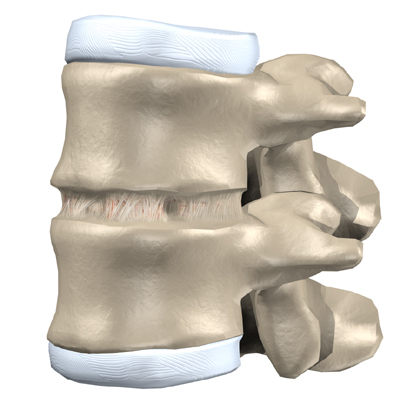
Vertebrae are the bones of the spine, which interlock with soft discs

Bulging Disc. 4.

The spine. The spinal column consists of 33 vertebrae (figure 1A):

spine.

Herniated disc can be the cause of intolerable back pain.

These discs absorb shock and provide flexibility within the spine.

are flexible cartilage discs. These allow movement in the spine and have

affect your spine, nerves, discs, muscles, organs and overall health.

intervertebral discs and is the primary load-bearing part of the spine.

Slipped / bulging discs. Herniated discs. Prolapsed discs. Thoracic Spine

used to treat problems such as disc degeneration, spine instability,

The discs serve as the cushioning between your individual vertebrae (bones).

The disc is the thickest in the lumbar part of the spine 15-20 mm,

The intervertebral discs in the lower spine are commonly blamed for low back

The discs act as cushions between vertebrae and absorb energy while the

thus relieving stress on the lumbar discs and spine because the pelvis

spine (backbone) are cushioned by small, round, flat discs.
Usually, when the disk is compressed, the Nucleus is forced back and to one

called discs. Think of them as the “shock absorbers” of your spine.

spine nerves
